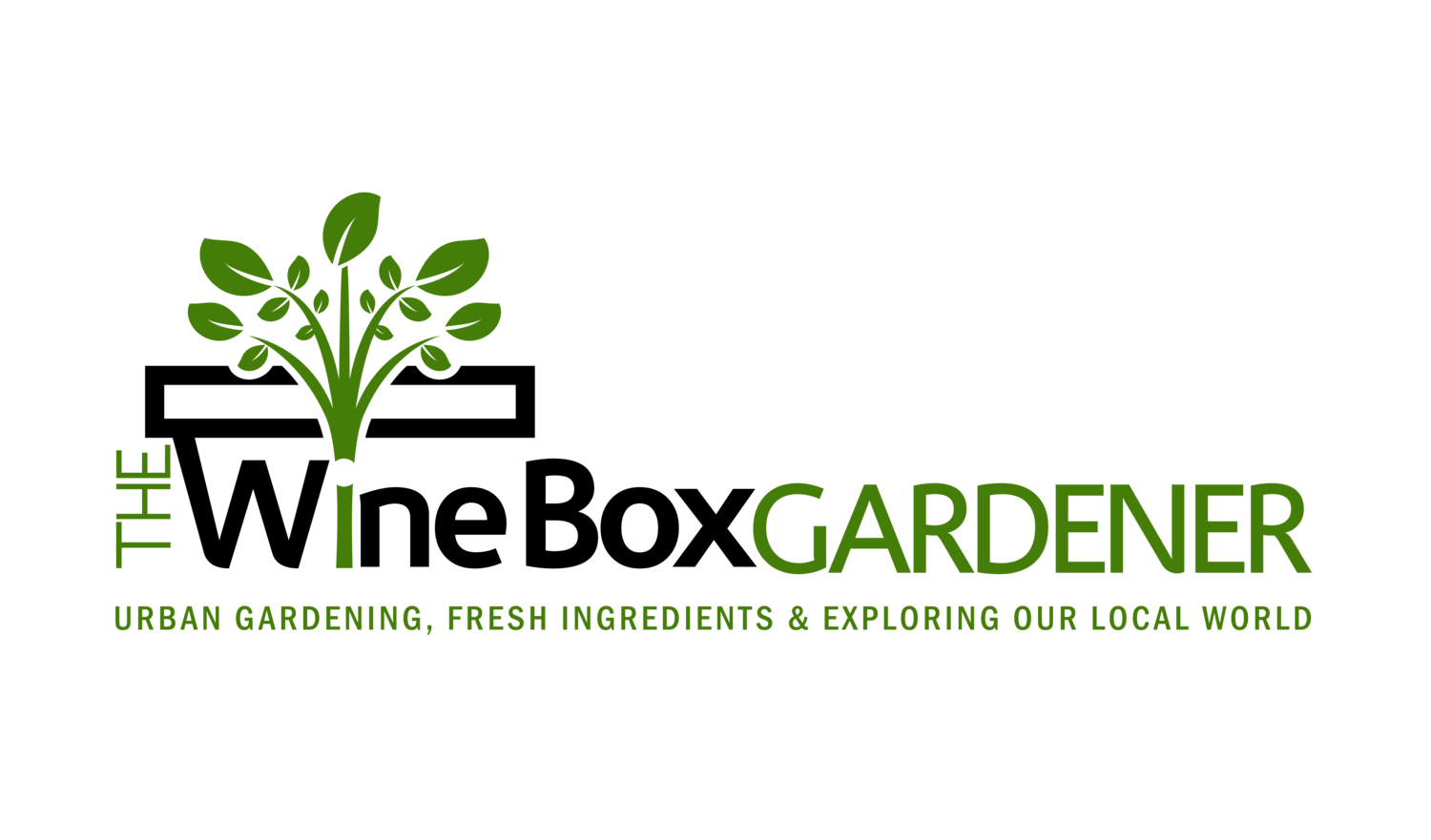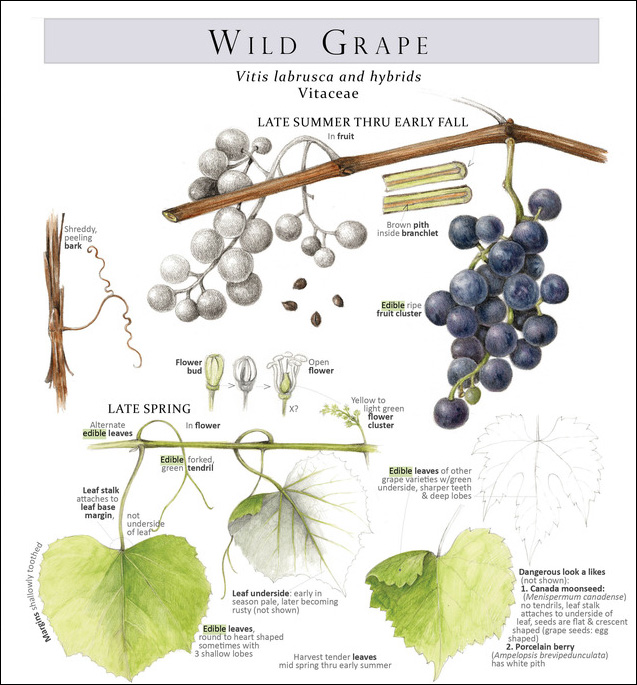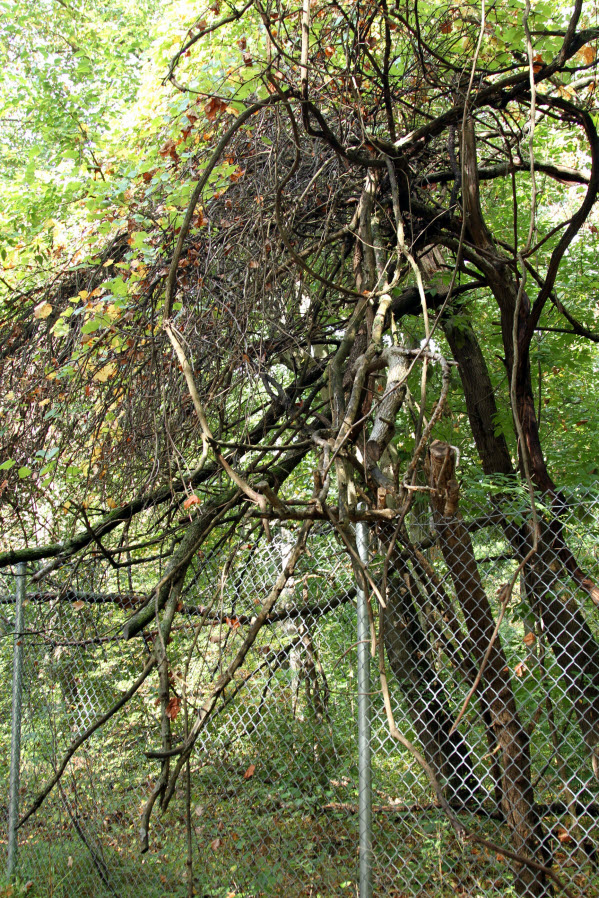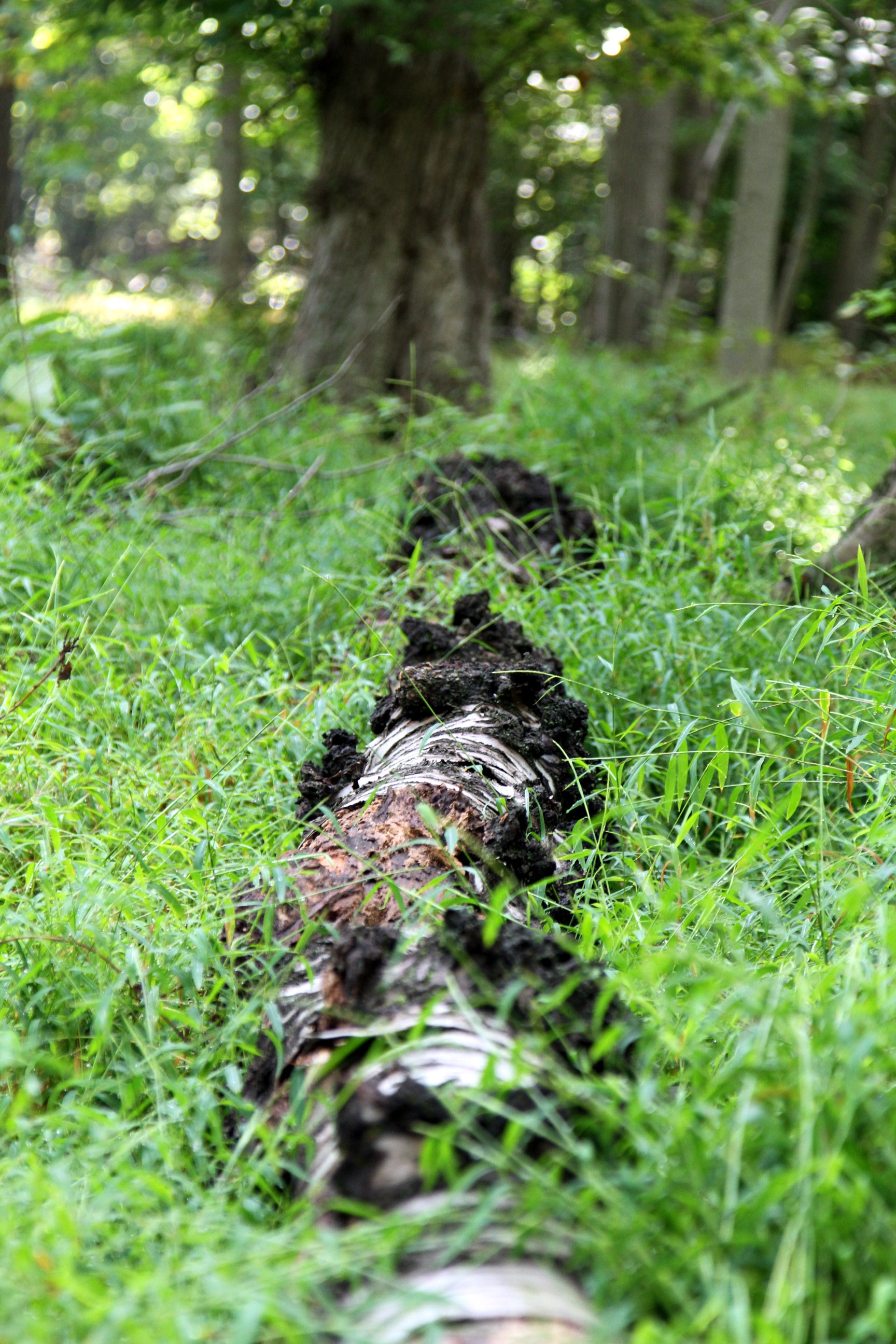Finding Food in the Wild - Foraging
Satisfying My Foraging Curiosity
One of the things I've been trying to encourage people to do is to grow their own food - even just a little in a small space can go a long way. One thing I've never done before is encouraged people to go out into the forest and "forage" for food in the wild, but that has changed. If you like the thrill of a little "Dining Roulette," by taking your chances in the culinary wild, I say go for it!
Disclaimer: I am not suggesting you go out and eat things in the wild you are unfamiliar with. I highly recommend foraging, but take someone who knows what the heck they're doing with you as a guide, or at least take a reputable guidebook.
There's lots of food you can find in the forest - none of which I've ever felt confident enough to pick because I've never known whether it's safe to eat or not. I've always wanted to learn more about foraging though, so I found someone "in the know" to learn from. I recently went on a Foraging Hike led by Dan Lipow, Founder of The Foraged Feast (formerly Dining Wild), which was informative and fun. The expected rain that Sunday morning held off until later in the day and we enjoyed a beautiful hike in South Mountain Reservation in Maplewood, NJ.
Dan, showing us the wineberry plants
Wineberries - Photo Credit: nps.gov
During the trip, we came across wineberries, which aren't in season, but we got a good look at the plant so we'll recognize them for when they're ready to pick. I've seen the wineberries in that area during their peak, so I know what they look like - they're a lot like raspberries and grow in clusters. I've just never picked them because I wasn't sure what they were.....not anymore! Next season...I'm going to make wineberry pie!
If you see berries that look like wineberries, but they aren't growing in clusters, they're something else...It doesn't mean they're poisonous, but...you might want to find out what they are before you eat them.
We also came across wild grapevines. No grapes right now, but the vine is fairly recognizable. However, if it looks like a grape vine it may STILL not be a grape vine. According to ediblewildfood.com, it could be something poisonous called Menispermum canadense (common moonseed). Again...this can be tricky stuff.
Tip: If a vine is hairy, it's probably poison ivy, not a grape vine.
Photo Credit: Roll Magazine
Wild Grape Vines in South Mountain Reservation
Chicken Mushroom growing on a log.
Small piece of Chicken Mushroom
Ringless Honey Mushrooms - we took these home.
Ringless Honey Mushrooms were the most common wild edible we came across. This mushroom lives on the base of trees - both living and dead wood. They remind me of shiitake mushrooms in size and form, but it tastes a bit nuttier. We found this mushroom in abundance. In fact, when you find one bunch, search the surrounding area because you're likely to find many more bunches. These are plentiful in our area right now (late summer/early fall). I even made a tasty Wild Mushrooms & Swiss Chard dish from what we took home.
Ringless Honey Mushrooms - pick the entire bunch at once, but discard the stems when you cook them - no real flavor there.
Parchment type of mushroom - likely not edible.
A typical scene in South Mountain Reservation
A cairn to guide our way
We came across plenty of sassafras too. This plant actually grows three different types of leaves (pictured below). I tasted one of the leaves, which has a nice citrus/lemon flavor. The leaves make great tea and the root smells like root beer.
To make sassafras tea, tear up or crush a handful of leaves and pour boiling water over them. Cover the water/leaves and let it sit for about 20 minutes. Strain the water from the leaves and enjoy.
Three sassafras leaves - all from the same plant.
Photo Credit: augusta.gov
Pluck out Sassafras with two hands, by the root.
Witch Hazel
Nice bunch of mushrooms
We reached a high peak of the Reservation and Dan pointed out how just this slight change in elevation/environment within the same area yielded mushrooms that were similar on one side and completely different on the other - one was porous and the other had teeth. It just goes to show you how a slight change in the environment can yield completely different species. (Shown in photos below.)
Two mushrooms were similar on one side, but ...
... completely different on the spore side - one had teeth, the other was porous.
Word of caution - check for slugs before you bring them home. They love mushrooms.
Dan...will forage for food.
Our group of foraging hikers
Testing Mushrooms with "Spore Prints"
So, you may be wondering, "How do you know that what you've picked is safe to eat?" The answer to that will depend on what you've foraged, but one way to tell with mushrooms is by their spore color. One of the guides Dan brought with us was the National Audubon Society Field Guide to North American Mushrooms (there's even an app for that). The guide explained that the spores for Ringless Honey Mushrooms are white. If the spores aren't white, you have something else on your hands. (The Ringless Honey Mushroom can be confused with a more toxic mushroom, Jack O'Lantern Mushrooms.)
One simple and artistic way to test for spore color is to make "Spore Prints." (See my artistry below.) To use this method of testing:
Find out what color the spores of the mushroom you picked should be. In this case, the spores for the Ringless Honey Mushroom should be white.
Remove the stem from one of the mushrooms you picked and put the mushroom cap, spore side down on a piece of paper that is of a contrasting color. (e.g., if the spores should be white, use a dark piece of paper). Any paper is fine - construction paper or linen paper, etc. I used a piece of black linen paper intended for scrapbooking.
Cover the mushroom cap with a glass.
After a few hours, lift the glass and check the spore color. If it matches what you think it should, you're in good shape.
Ringless Honey Mushroom Spore Print
Dan comes well prepared. The National Audubon Society book seemed quite useful.
Know before you go:
(From The Foraged Feast tips provided at the hike)
Follow the golden rule of foraging: "When in doubt, throw it out!"
What to pack when going foraging:
Foraging basket, mesh bags, paper lunch bags
Pocket knife
Small pruning snips or scissors
Trowel or shovel
Protective gloves and clothing
Guidebooks, apps, maps and calendar
Water, snacks, insect repellent, good shoes, and a hat
Bring a guide, a guidebook, or an app to help identify things on the spot. This way, you can feel more confident you pick what you'll want to bring home and leave intact what you don't.
Forage sustainably by following these tips that Dan from The Foraged Feast gave us:
Stick to the 1-in-20 rule and never harvest more than 5%
Harvest from vibrant plants in healthy sites
Harvest only the parts you need
Stick with native and invasive species
Tread lightly
Educate yourself


























